7 Lessons Learned While Switching to Regenerative Grazing
East-Texas rancher Christine Martin’s journey to regenerative agriculture and raising grass-fed livestock started with the desire to produce food that could address the root causes of her own health symptoms.
Regenerative grazing is first and foremost a change in mindset from traditional grazing management. Being adaptive and flexible and encouraging periodic management change are some of the major differences between regenerative and traditional grazing management. With this being said, here are some of the lessons I have learned through my regenerative grazing transition while managing a stocker herd for the Noble Research Institute:
- Start small
- Be flexible with your time and expectations
- Realize the biggest time commitment is upfront
- Learn how to determine the size of the paddock
- Know it’s okay to mess up; just monitor and adjust
- Observe your cattle; they learn the routine quickly
- Remember that pasture rest is important
1. Start small
With any new endeavor, start small. This principle applies to most things in life. Test plots, or “safe to learn” sites, are the perfect way to experiment with new methods, grazing intensities, equipment, etc. Select a small area that already has good fences and water and that can be excluded from future grazing if needed. The size of the area depends on your scale. If you have 20 cows and want to try daily moves, maybe one-half acre is all you need per day. If you have 200 cows, however, you will need much more grazing area per day.
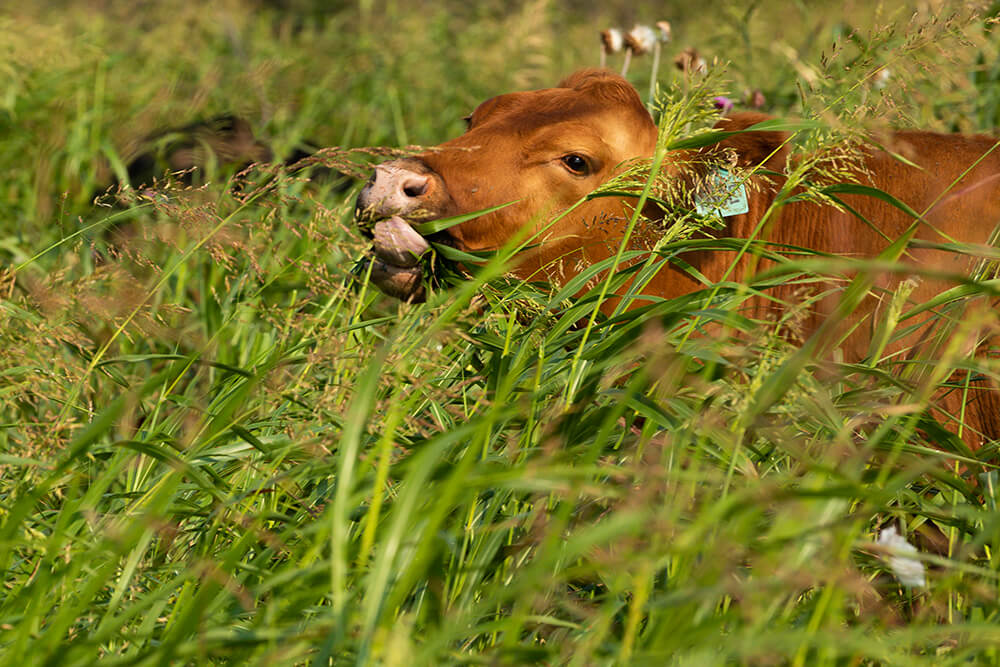
2. Be flexible with your time and expectations
When we start something new, we typically overestimate how quickly we can accomplish the task at hand. We also must remember that we are working with live animals, natural processes and weather, none of which realize or care if we are late for a business meeting or kid’s soccer game. Today, most producers have a full-time job as well as busy family lives. Make sure to take all these factors into consideration when setting up your regenerative practices.
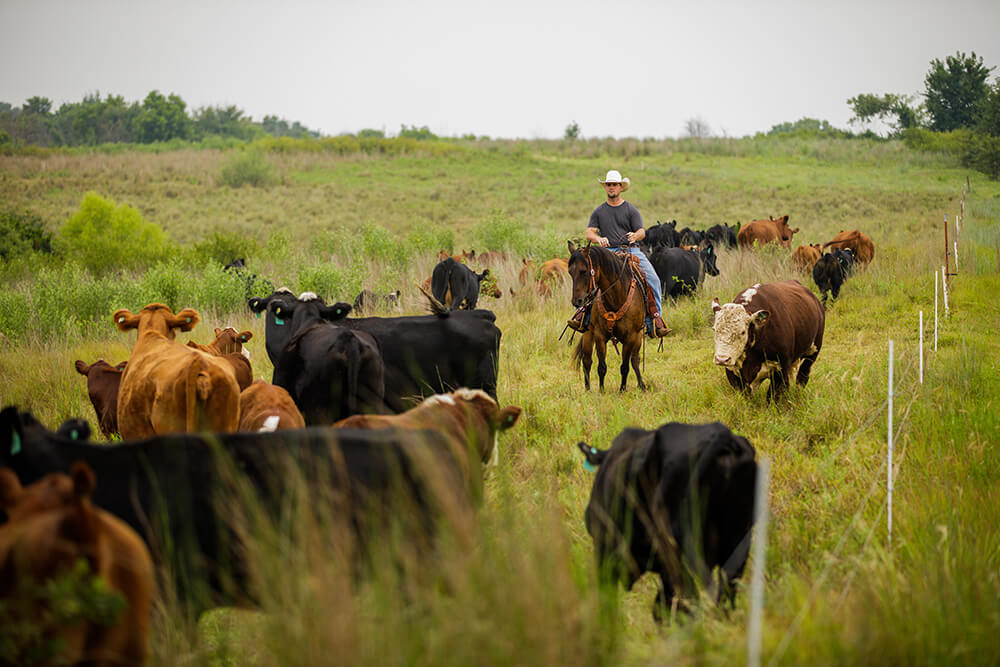
3. Realize the biggest time commitment is upfront
A major misconception about regenerative grazing is that it takes more time than the traditional management practices. This is not the case, because in most circumstances, we are trading one activity for another. One example would be feeding hay versus moving a temporary electric fence. I typically take one-half day to construct the temporary fencing I need to get through the week. The first few fences took three times as long to build as they do today, since I improved my design and have the routine down now. The rest of the week, I just move and observe the herd. It takes me longer to drive to the property where the herd is (25 minutes) than it does to move them to a new paddock (5 minutes), because they know new forage is coming and are happy to move.
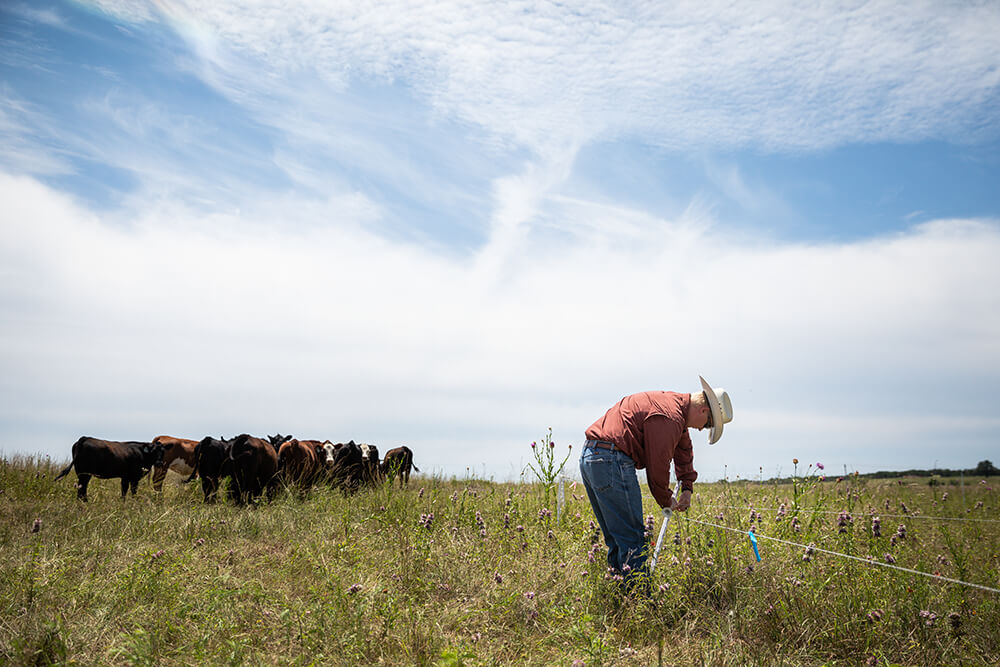
4. Learn how to determine the size of the paddock
Not all paddocks are created equally, even within the same pasture. This is why knowing how to estimate available forage and stocking rates is important. Once you know how much forage your herd needs per day and how much forage is available, with a little geometry or using a mapping app you can determine the size of the paddock. The paddock will change in size as the seasons and forage quality change. Remember to only count the grazeable acres in your forage estimates. An example of this happened to me during the past summer. I thought I had created five days’ worth of grazing only to discover that there was just three days’ worth. This was because I underestimated how much brush was in the area.
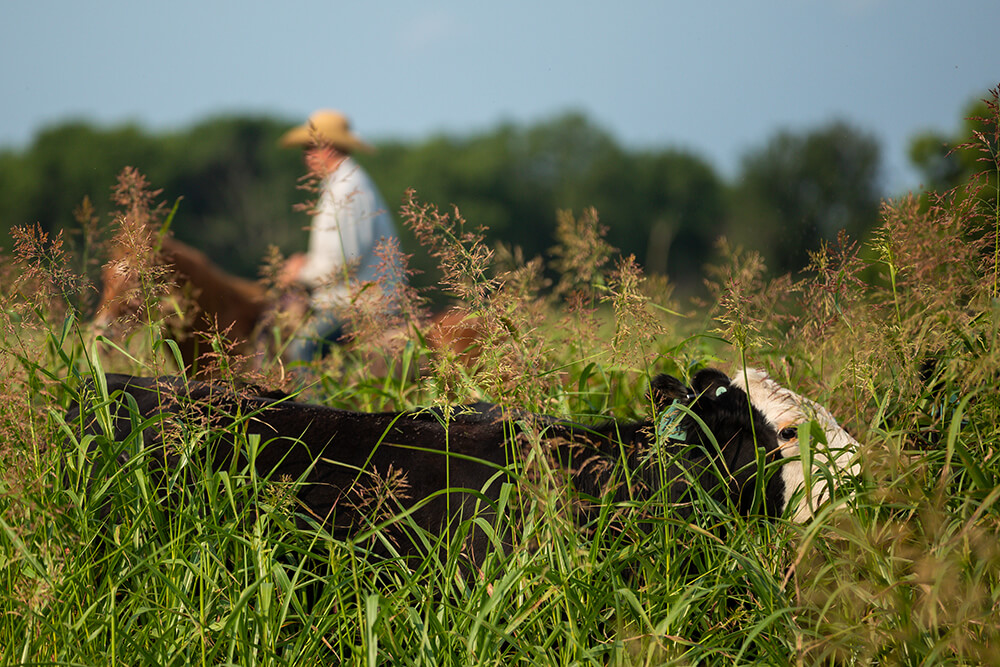
5. Know it’s okay to mess up; just monitor and adjust
Since you are starting small, it is okay to mess up. There is no 100% right answer with regenerative grazing. It is about getting better one step at a time. If you think you’ve made a mistake, watch that area or how a practice was used, and determine a better way to use it in the future. I often wondered if I properly grazed an area. There are some areas I wished I had utilized a little more, and others a little less. One of the few times I truly felt that I messed up was when I left the herd in a small paddock for a day when the area received over an inch of rain. The herd created a distinct muddy area in the pasture. That area’s recovery time was slower than that of the adjacent paddocks, but by the end of the growing season, it had fully recovered. After this event, I started giving the herd twice the grazing space they needed if heavy rainfall was in that week’s forecast. So, as I said, it’s okay to mess up. When we use short grazing events and a long recovery, the “mistakes” we make have only a temporary impact.
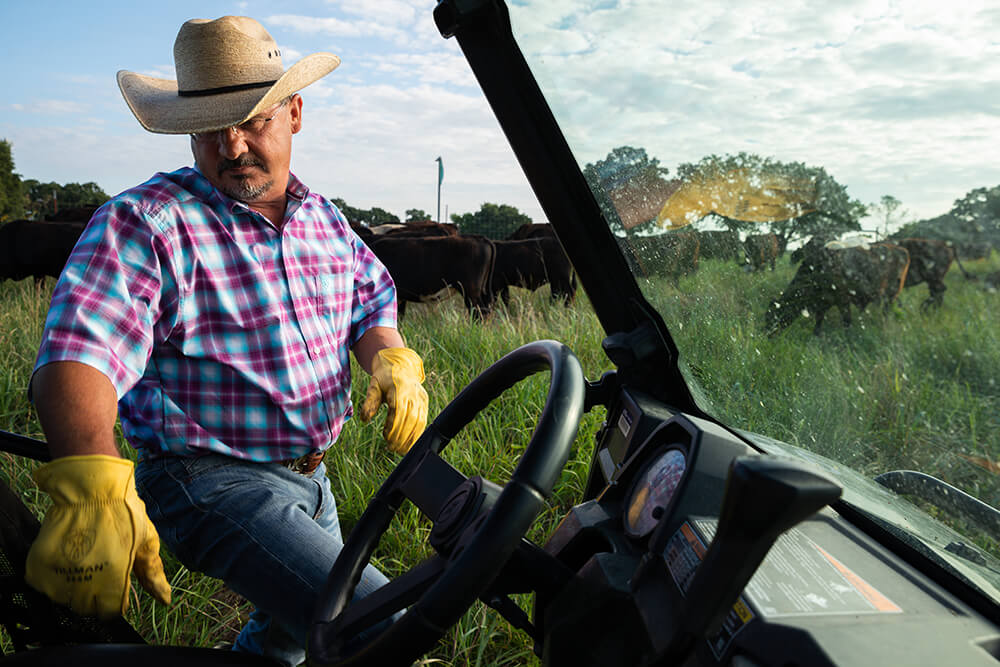
6. Observe your cattle; they learn the routine quickly
In most regenerative grazing systems, livestock are moved anywhere from daily to weekly and quickly become accustomed to being moved frequently. In the article Observations from the Noble Red River Ranch: Regenerative Ranching and Cattle Behavior, the Noble staff at our Red River Ranch did a great job explaining the changes they observed in the animals’ behavior. I, too, noticed my cattle adapting. I typically manage a herd of summer stockers. As the steers and I spent time with each other, they learned that me grabbing the polywire reels or a gate handle means new forage for them. In one instance early in the spring, I tried to push them to a new paddock with no luck, not realizing that they had adapted so quickly to the new system of following me. They basically let me walk right through them rather than moving away from me. Once I realized that it was easier to pull a string than to push it, the moves were effortless the rest of the summer.
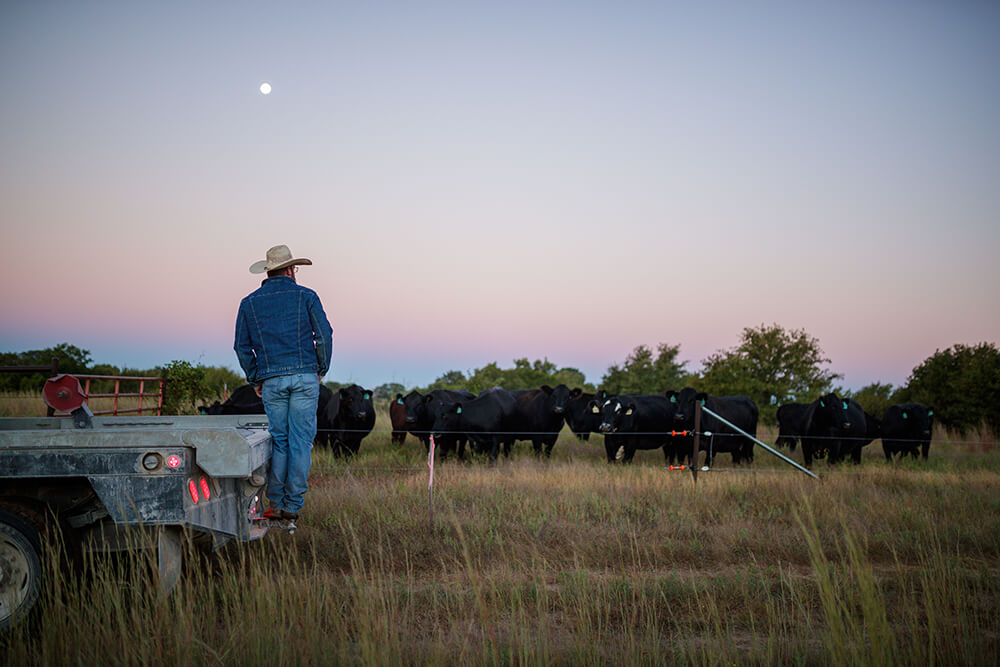
7. Remember that pasture rest is important
The most important lesson I learned was allowing the forage plenty of time to rest and recover. Shorting recovery time is usually why poorly managed grazing systems fail. The desirable forages are over-utilized and not allowed to rest and recover during the growing season. This past year, due to perimeter fence issues, I had to graze several areas before they were recovered. I knew this was only a short-term problem, however, because my grazing plan would allow for a complete recovery a few weeks later.
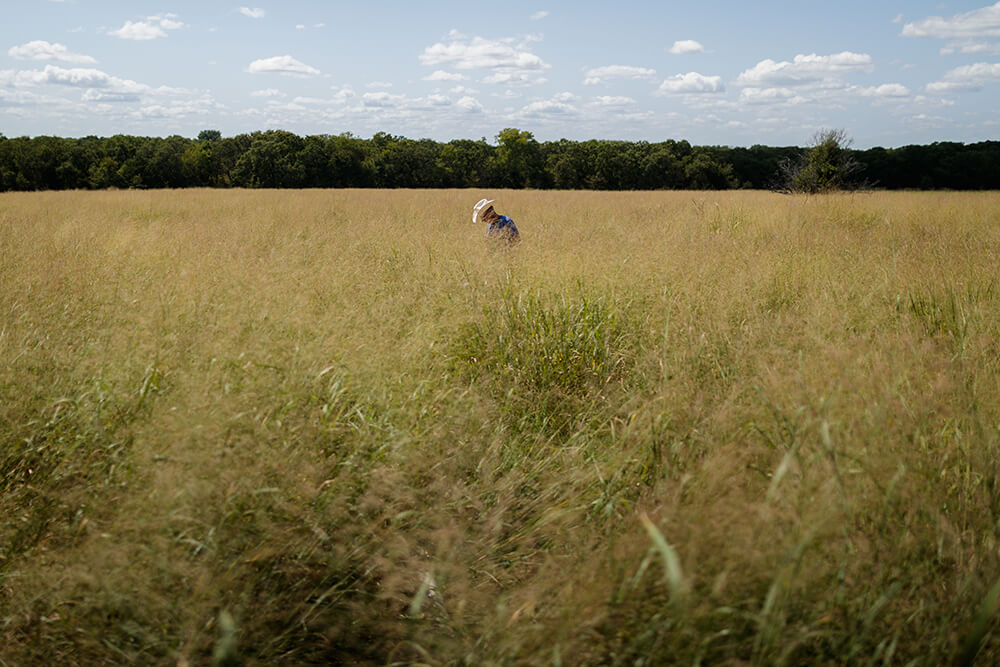
Regenerative grazing is a powerful tool to use when managing your property. When you begin, start small and slow. There will be a learning curve, and it will be different for everyone. Once you learn the nuances of this grazing method on part of your land, expand it to a scale that fits your operation.
Comment
Leave a Reply
2 comment on: "7 Lessons Learned While Switching to Regenerative Grazing""
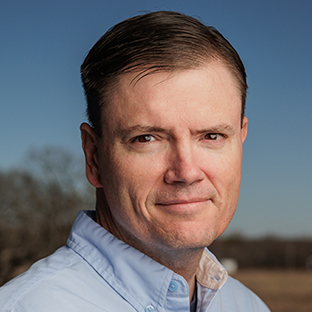
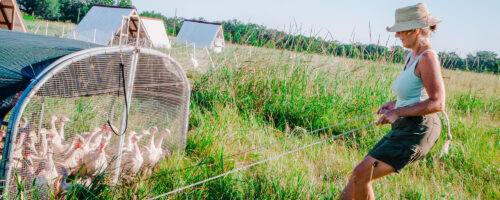
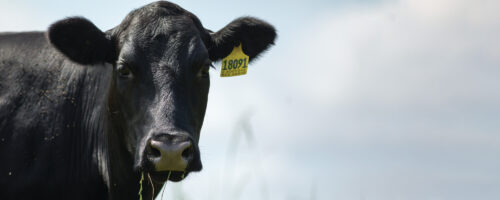
Nicholas Fisher
September 2, 2024how much time should I leave for pasture regrowth? Eg I have 80 cows per acre and plan to move them daily. How long until those 80 cows can go back to the start?
Noble Research Institute
September 5, 2024Hey Nicholas, that is a great question, and the answer is that it depends. It could be as little as one week or as long as a year, depending on the weather, time of year, type of grass, location, and many other factors.
We divide our grazing phases into a ‘Grazing Period’ and a ‘Recovery Period’. Our articles ‘The Art of Regenerative Grazing‘ and ‘What Is High Stock Density Grazing?‘ skim the topic of recovery periods. If you’d like to learn more about the factors and calculations we recommend, Noble Grazing Essentials covers it extensively.